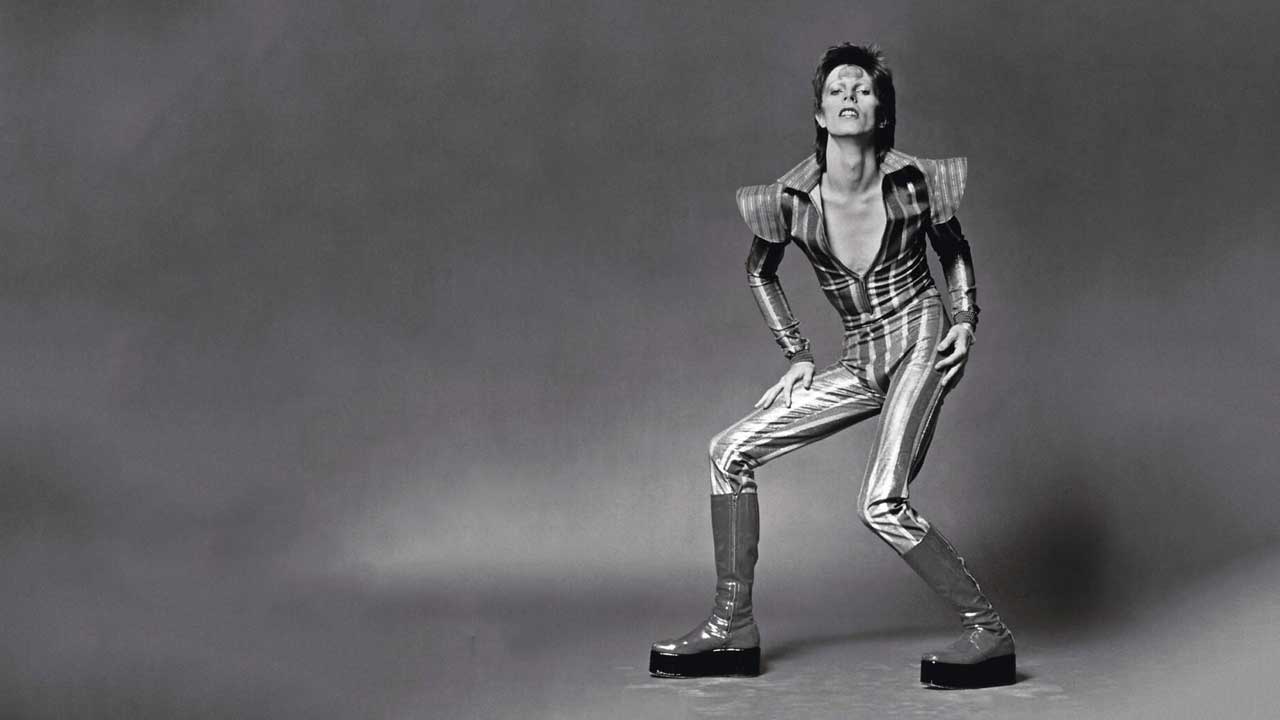A brief history of the music video told in 17 groundbreaking clips
From 1894 to the present day, from TV to MTV to YouTube, music videos have given the songs we love an extra, sometimes controversial dimension

The golden age of MTV may have been consigned to life's cutting room floor, but the music video is more important than ever. Just ask K-Pop artist Psy, whose clip for the infamous Gangnam Style was the most viewed video on YouTube for the best part of five years.
But it's not all horse dances and baby sharks. The music video has a long, illustrious, and occasionally controversial history, and these are just some of the highlights.

1894
Sheet music publishers Joe Stern and Edward Marks enlist electrician George Thomas to use an early film projector to project a series of images on a screen during live performances – a primitive forerunner of the music video.
1958
Czech director Ladislav Rychman makes a standalone film for Dáme Si Do Bytu by singers Irena Kacírková and Josef Bek. It is generally recognised as the earliest promo video.
1964
The Moody Blues release a short clip for their single Go Now, intercutting footage of the band playing in a TV studio with moody black-and-white imagery, à la Bohemian Rhapsody.
1965
DA Pennebaker films Bob Dylan holding up cue cards in an alley by London’s Savoy Hotel on May 8 for the documentary Don’t Look Now. It later becomes the video for Subterranean Homesick Blues.
1966
The video for The Kinks’ Dead End Street becomes the first music video to be banned by the BBC, who object to the fact that it features the band as pallbearers carrying a coffin.
Sign up below to get the latest from Classic Rock, plus exclusive special offers, direct to your inbox!
1966
The Beatles release promo clips for the songs Paperback Writer and Rain, two of the earliest colour music videos.
1975
On November 10, Queen shoot the video for Bohemian Rhapsody at Elstree Studios with director Bruce Gowers. It takes four hours to make and costs around £4,500.
1979
Three years after creating a video for his 1977 smash Rio, former Monkee Michael Nesmith devises PopClips, the first TV show specifically designed as a promotional vehicle for record company videos. Broadcast on Nickelodeon, parent company Warner Cable wants to buy the name and idea but eventually comes up with their own version. They will call it MTV.
1980
Split Enz’s True Colours becomes the first album to have a video made for each song. All 11 of them were compiled on a videocassette.
1981
TV channel MTV launches on August 1, 1981. The first promo to be shown is Video Killed The Radio Star by Buggles.
1982
The raunchy video for Queen’s Body Language becomes the first video to be banned by MTV.
1984
Duran Duran’s Wild Boys becomes the first music video to cost more than $1 million to make.
1988
Neil Young’s This Note’s For You wins MTV’s Video Of The Year – despite the fact that it was banned by the channel for lambasting sponsors Budweiser and Coca-Cola.
1995
The video for Michael and Janet Jackson’s Scream is shot. It's still the most expensive music video ever made, at $7 million (almost $12 million today). Guns N’ Roses’ Estranged is the fifth-most expensive, at a mere $5 million.
2005
On May 2, Queens Of The Stone Age’s This Lullaby becomes the first song to appear on YouTube. It soundtracks a home-made video titled Vernal Lullaby by a fan named Adam Quirk.
2018
Guns N’ Roses’ November Rain becomes the first pre-YouTube video to notch up a billion YouTube views. The most-viewed video ever is currently Baby Shark Dance, with over 10 billion views. That's more than one view for each person on the planet.
2020
The Guinness Book Of Records recognises Twenty One Pilots’ Level Of Concern as the longest music video ever made. After the band asked fans to create their own video for the song and add it as a looping livestream, it ran for 177 days, 16 hours, 10 minutes and 20 seconds before it was eventually taken down. The version below is 177 days, 16 hours, 6 minutes and 20 seconds shorter.
Dave Everley has been writing about and occasionally humming along to music since the early 90s. During that time, he has been Deputy Editor on Kerrang! and Classic Rock, Associate Editor on Q magazine and staff writer/tea boy on Raw, not necessarily in that order. He has written for Metal Hammer, Louder, Prog, the Observer, Select, Mojo, the Evening Standard and the totally legendary Ultrakill. He is still waiting for Billy Gibbons to send him a bottle of hot sauce he was promised several years ago.

